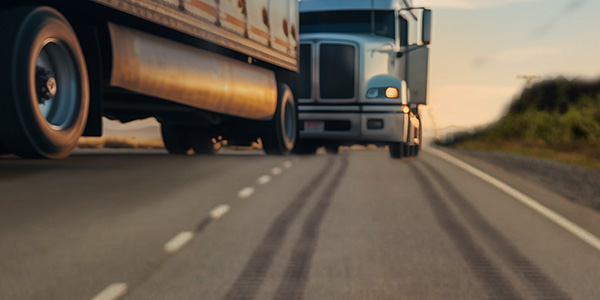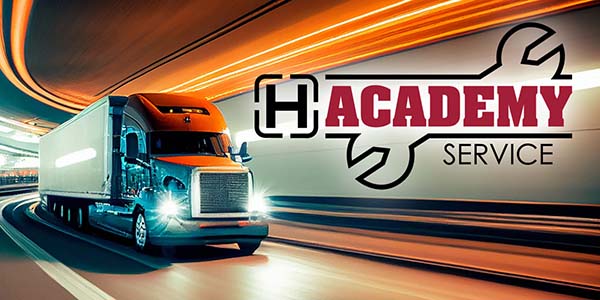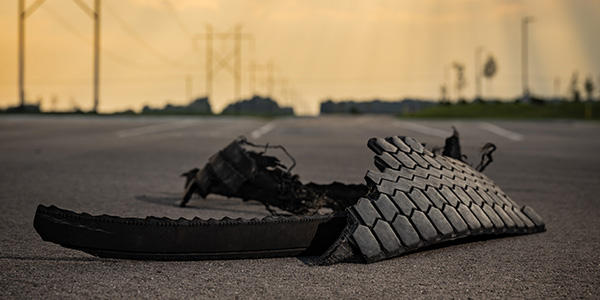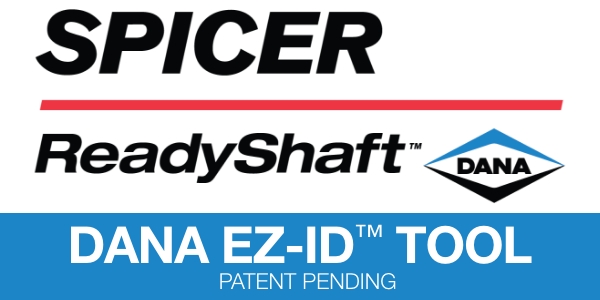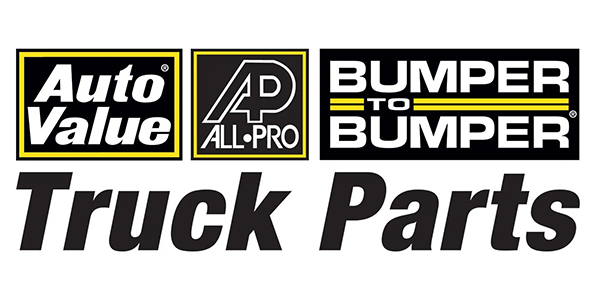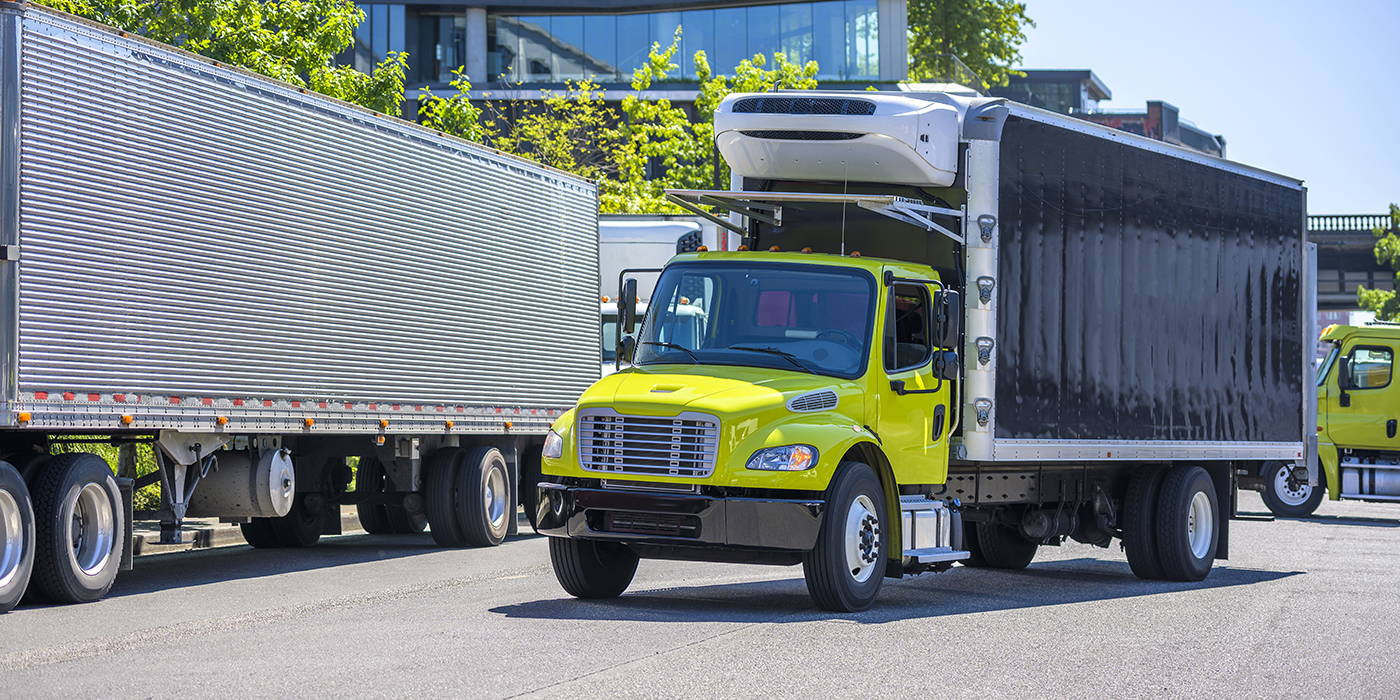In the past, safety solutions were often viewed as an unnecessary luxury in the commercial fleet industry. “Don’t have it; don’t need it” was a common phrase and is still one that many owners and manufacturers might say today. There was no rush to install a high-end safety system when the mirrors and reverse alerts were working fine and seemed to be all that was needed.
Today, most semi-trucks don’t have backup cameras, and they rarely have blind-spot detection. If a semi-truck has observation, it is a front camera that is purposed for recording the driver’s view in case of an event or an accident. Any additional amenities were and sometimes still are considered extravagant.
In stark contrast, the safety experience of a passenger car is not only expected but legally mandatory, the most obvious being tire pressure monitoring (TPMS) and backup cameras. Blind spot detection is not required but is often a preferred option when purchasing a car.
As technology advances, safety solutions for commercial vehicles are more prevalent in the industry than they were fifteen or even five years ago. However, there is still massive room for improvement. Voyager AIO is one such safety solution recently launched; it has already been adopted by fleets, bringing more visibility and awareness to drivers without the hassle of changing drivers’ habits and processes. The customization and the system’s capability to read can-bus have made the system more desirable to fleet owners and commercial vehicle manufacturers.
As convenient as the system is to integrate with the vehicles’ can-bus, it can still be a daunting process to move an entire fleet onto a new system. Implementing a new product on a fleet already on the road and in-service brings numerous questions to the table and goes through many levels of structure before they can all be answered. It’s just another reason the AIO’s engineers and product development team are prepared to walk fleet owners through every step.
As slow as the evolution process is in the commercial industry, it is steady, promising a safer future for drivers and other passengers on the road. Joe Camacho, VP of the Commercial Division at ASA Electronics, predicts that in the future, driving a work vehicle will be a similar safety experience to driving a personal car. There will be more integration with the can-bus protocol. A generation accustomed to smart cars with backup cameras, new drivers will find commercial vehicles without safety features foreign and uncomfortable. It’s not a question of whether commercial vehicles will evolve; it’s only a matter of when.
This article is sponsored by ASA Electronics.



